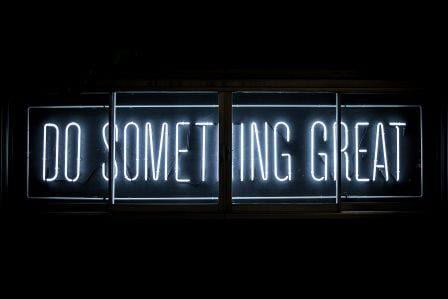“It’s risky” said experience
“It’s pointless” said reason
“Give it a try” whispered the heart
We are living in a time of massive institutional failure. We continually and collectively create results that no one wants. For example, the recent Irish general election signaled 3 such failures that captured the electorate – housing, health and climate change.
It is frustrating but from a systems perspective; the results we experience are always perfectly aligned with the system from which those results arise. Therefore to – to make change happen we need the capability to see the system and its web on interrelationships between beliefs, behaviours and outcomes.
What are the consequent lessons for society, organisations and individuals?
- The source of all our problems comes from the gap between how we think and how systems work.
- Structure produces behaviour and changing underlying structures can produce different patterns of behaviour. However, we usually do not see the structures at play. Rather we just find ourselves compelled to act in certain ways.
- Much of the political debate turns on who should carry the burden of improving the system. Burden shifting is not real change. The test for a solution’s long term value as a change initiative is the extent to which it strengthens the ability of the system to shoulder its own burdens.
- Vision without systems thinking ends up painting lovely pictures of the future – but with no deep understanding of the forces that must be mastered to move from here to there.
- Systems’ thinking shows that small, well focused actions can sometimes produce significant and enduring improvements. Identifying those focused actions requires identification of the leverage points in the system. Gridlock mapping can be a useful tool for identifying leverage points.
- Identifying the leverage points in human systems is not obvious until we understand the psychological forces at play in those systems. Confused thinking, conflating multiple factors, unconscious bias and an anxious desire for simple solutions can make it difficult to discern the real leverage points in the system.
- All too often pro-activeness is reactiveness in disguise. True pro-activeness comes from seeing how we contribute to our own problems – in the context of the system. This requires the confidence and the humility to take personal responsibility for our contribution to the problem we want addressed.
The essence of using systems thinking to achieve change is to realign collective behaviour (what we do), awareness (what we see) and intention (what we want to see).
Our 3 traditional mechanisms for doing this in social, political and economic systems are:
- Hierarchies,
- Markets and
- Negotiations
Each of these has its place and can heighten our understanding of what is really going on – but without the critical 4th mechanism of acting from shared awareness – the difficult problems as exemplified by housing, health and climate change will persist. That shared awareness must extend to cultural awareness.

As Vicktor Frankl observed – ‘when we are no longer able to change a situation; we are challenged to change ourselves”.
If you want to have a conversation about how these ideas might be relevant to your leadership and your organisation and you are wondering about their practical application – contact me for an informal conversation.
Continue reading about capitalism versus the environment..

Share this on...